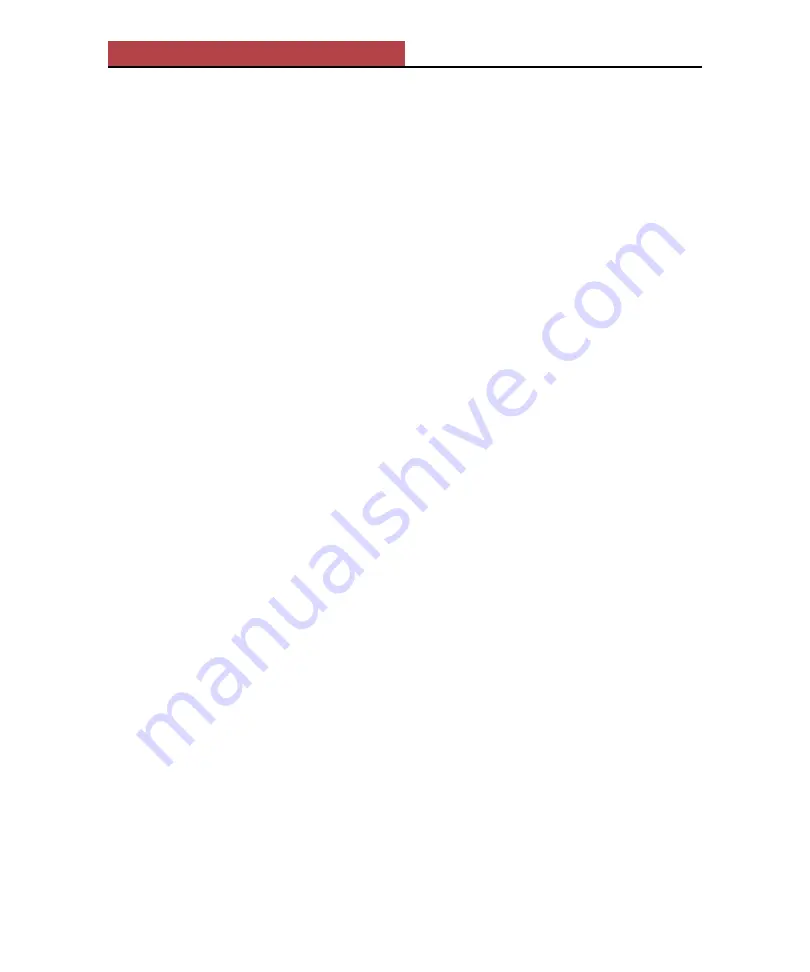
6
Elite XL 1208/1208S Supplement
In general, you should not need to frequently switch among the different
calibration settings. Ideally, the factory setting should produce good output.
However, factors affecting an individual printer will sometimes necessitate
selecting a different calibration for a new printer. Furthermore, as the climate
varies, and toner cartridges wear out and are replaced, print quality may be
effected, also requiring a different calibration setting.
The calibration procedure
If you decide that your Elite XL is not printing at its best, and want to see if one
of the other calibrations could improve your output, you will need to perform the
calibration procedure. The calibration procedure is a two-step process:
Step 1 - Print the 5 calibration pages.
Step 2 - Select a calibration setting.
Step 1
- In order to determine the correct calibration setting, you must first print out
the 5 calibration pages for evaluation.
To print the 5 calibration pages:
1.
Turn the Print density dial to the “normal” position.
The Print Density dial is located on the back of the printer. When the notch
on the dial is pointing straight up, it is in the “normal” position. (See page
1-9 of the Elite XL User’s Manual for information about print density and
calibration).
2.
Press the On Line key to take the printer off line.
3.
Access the Print Control menu from the printer’s front panel.
Press the Menu key continuously until Print Control appears in the display
window.
4.
Access the Print Control submenus.
Press the Enter key. The display window should read TonerMiser.
5.
Press the Menu key until Print Cal. appears in the display window.
6.
Press the Enter key.
• The Elite XL begins to process a built-in PostScript job that will print the
“calibration pages” for you to evaluate.
• In approximately 45-60 seconds, the five pages will start to print. Each
page is labeled “Calibration n” in the upper right corner, where n is a
number from 1 to 5.









